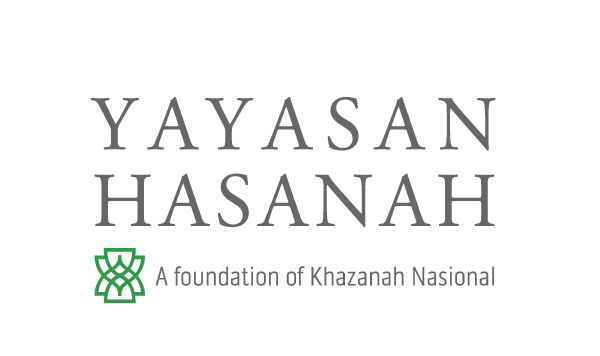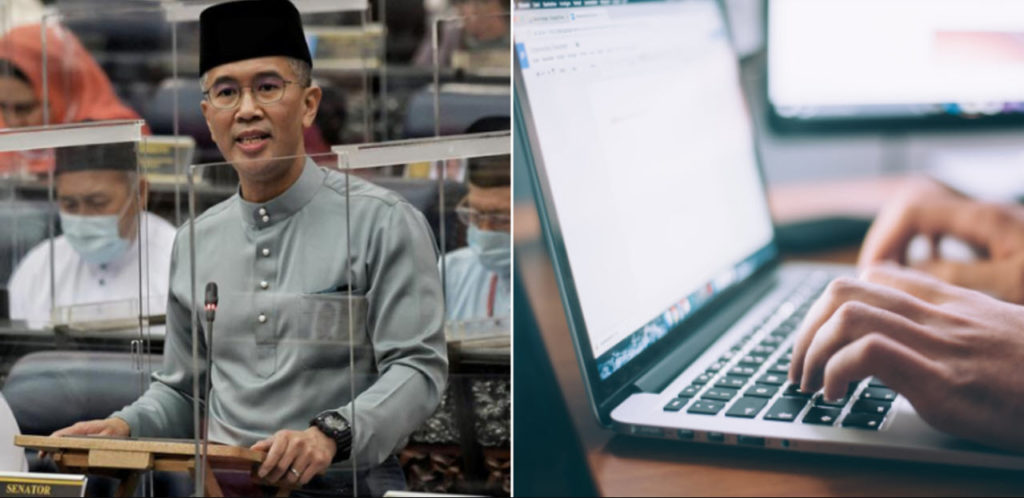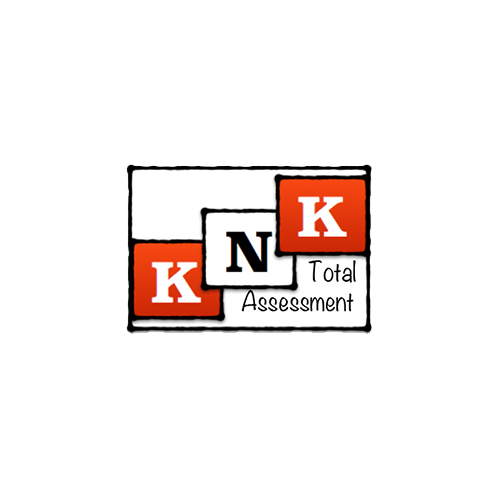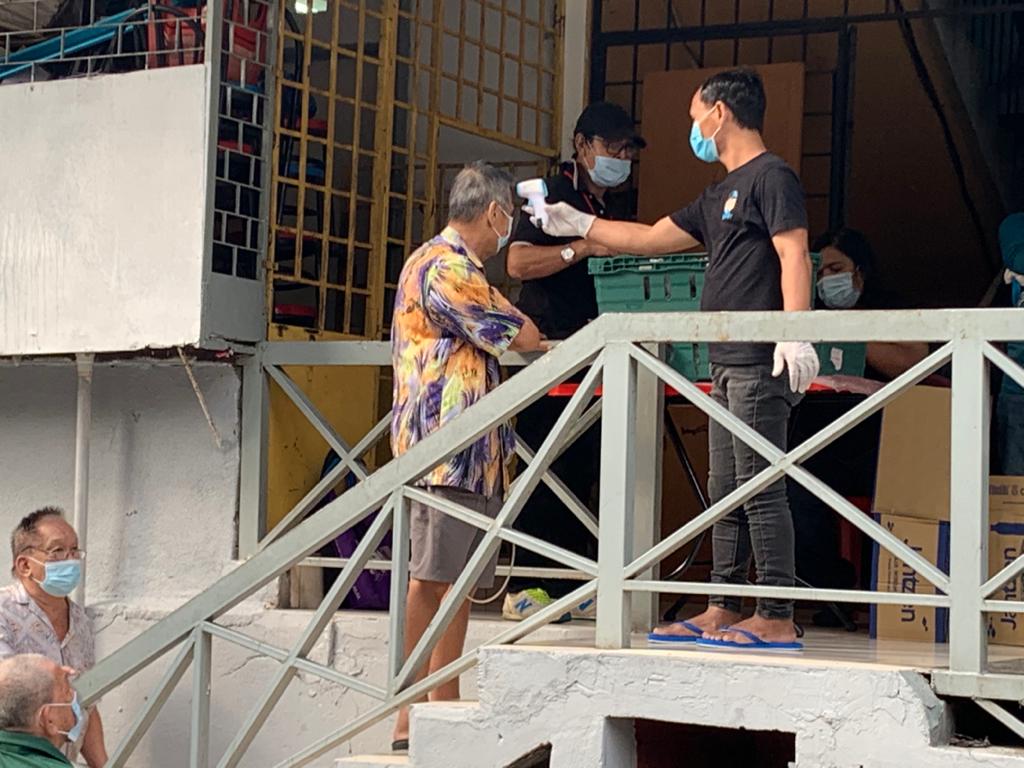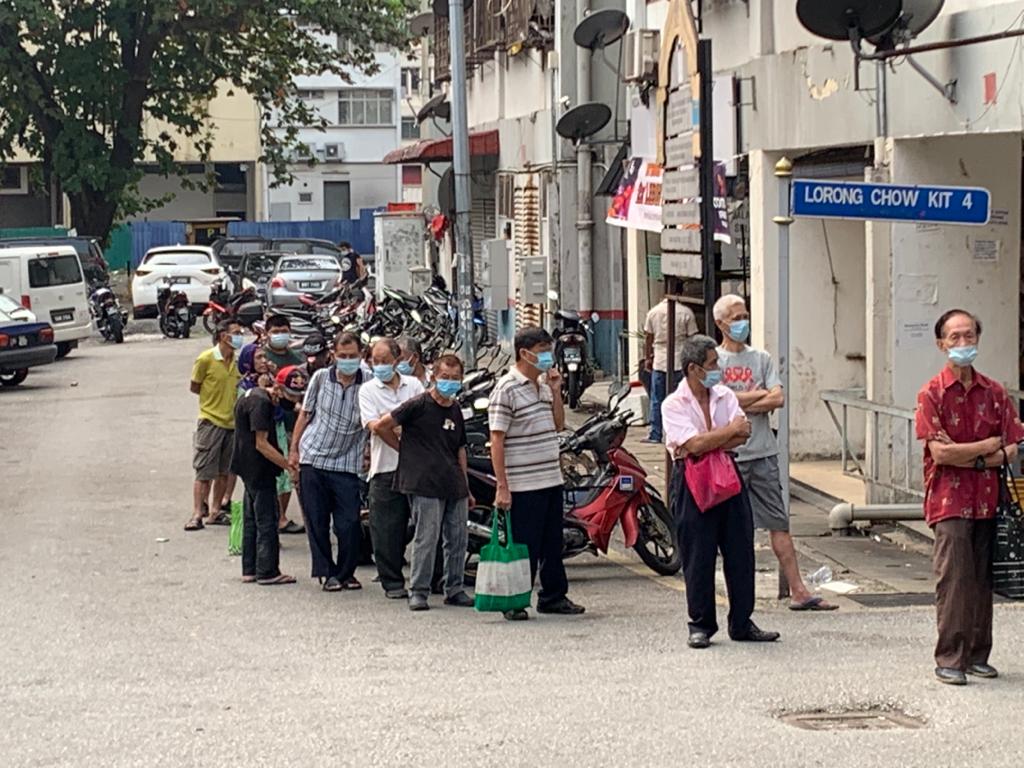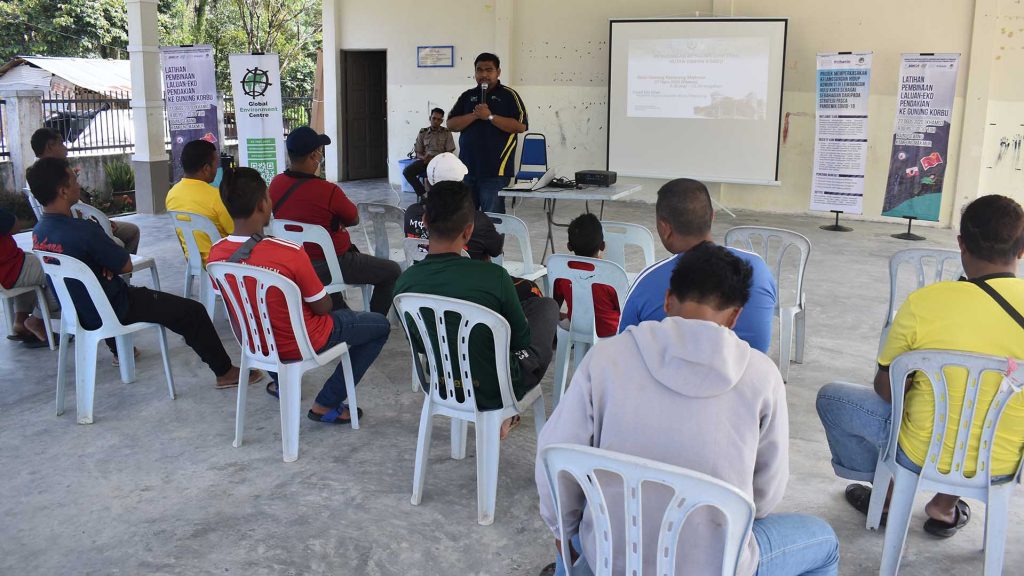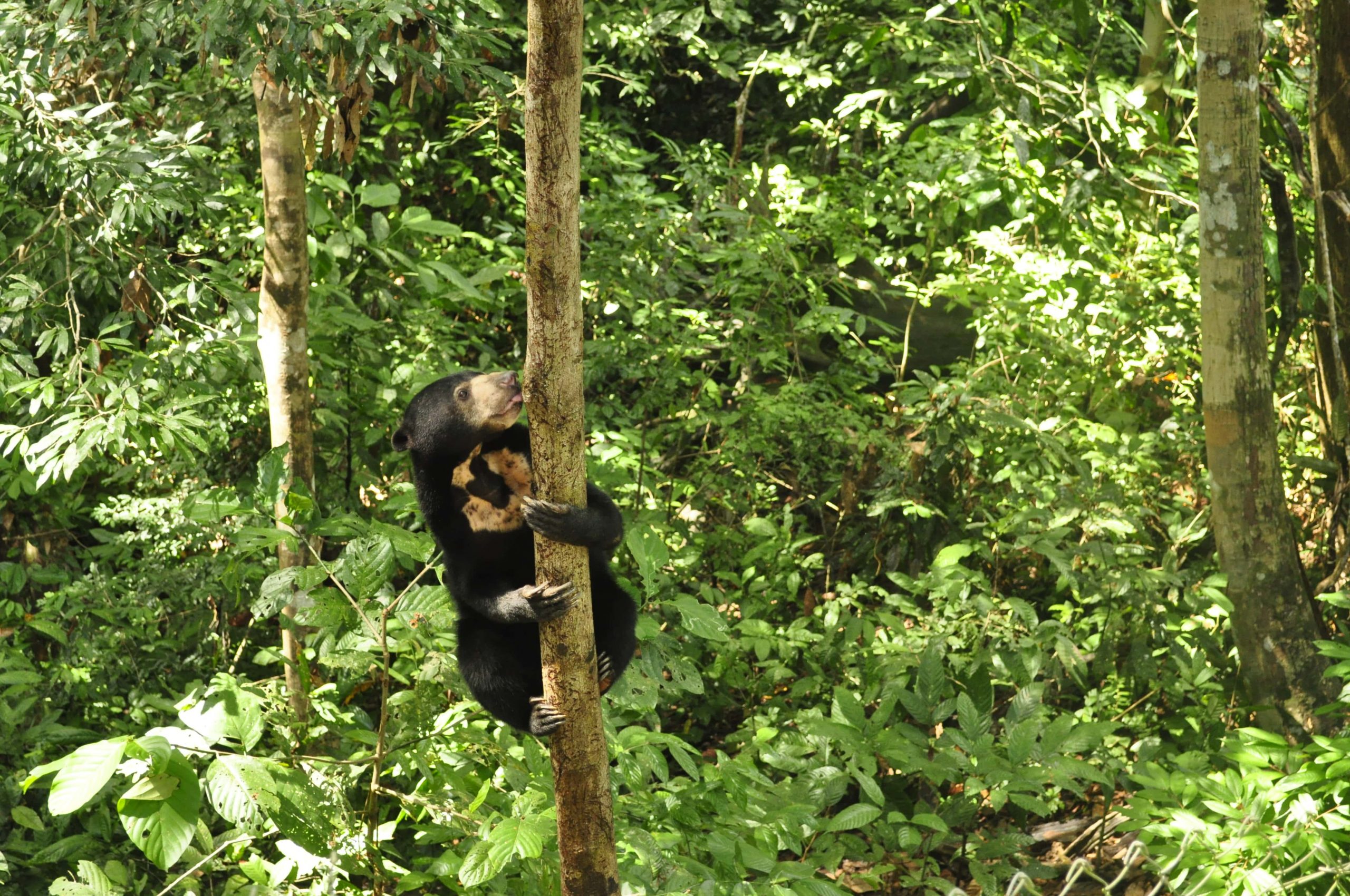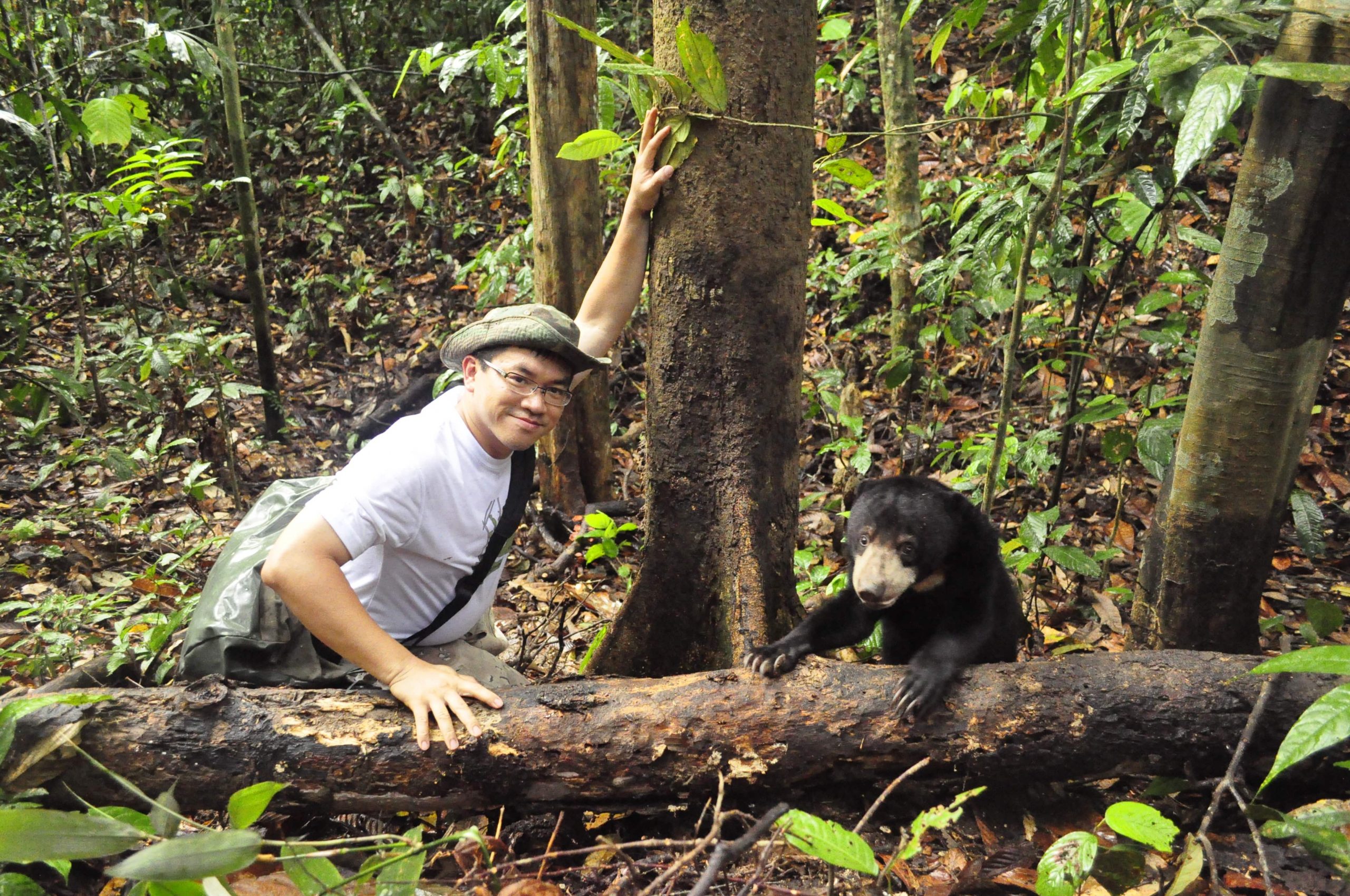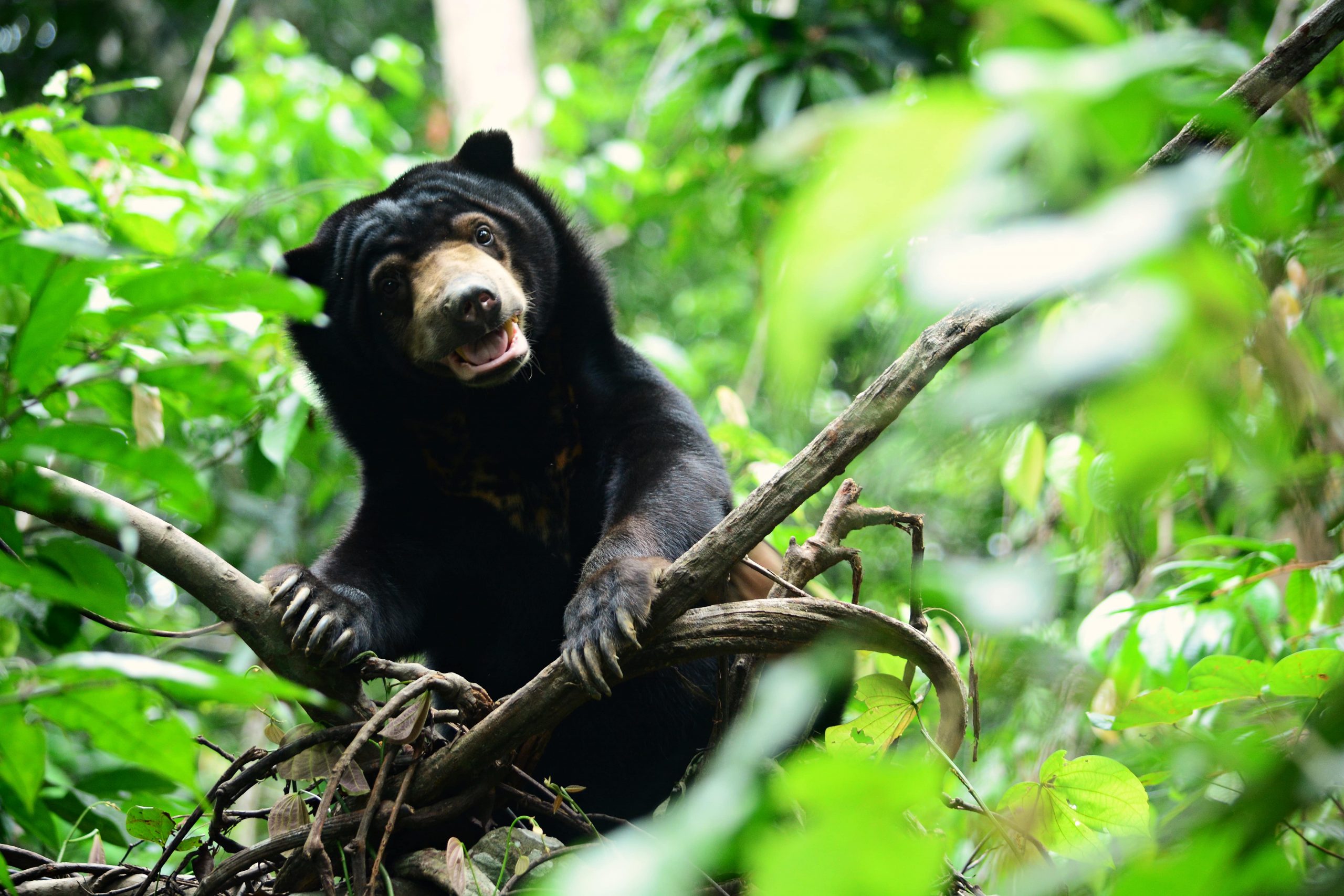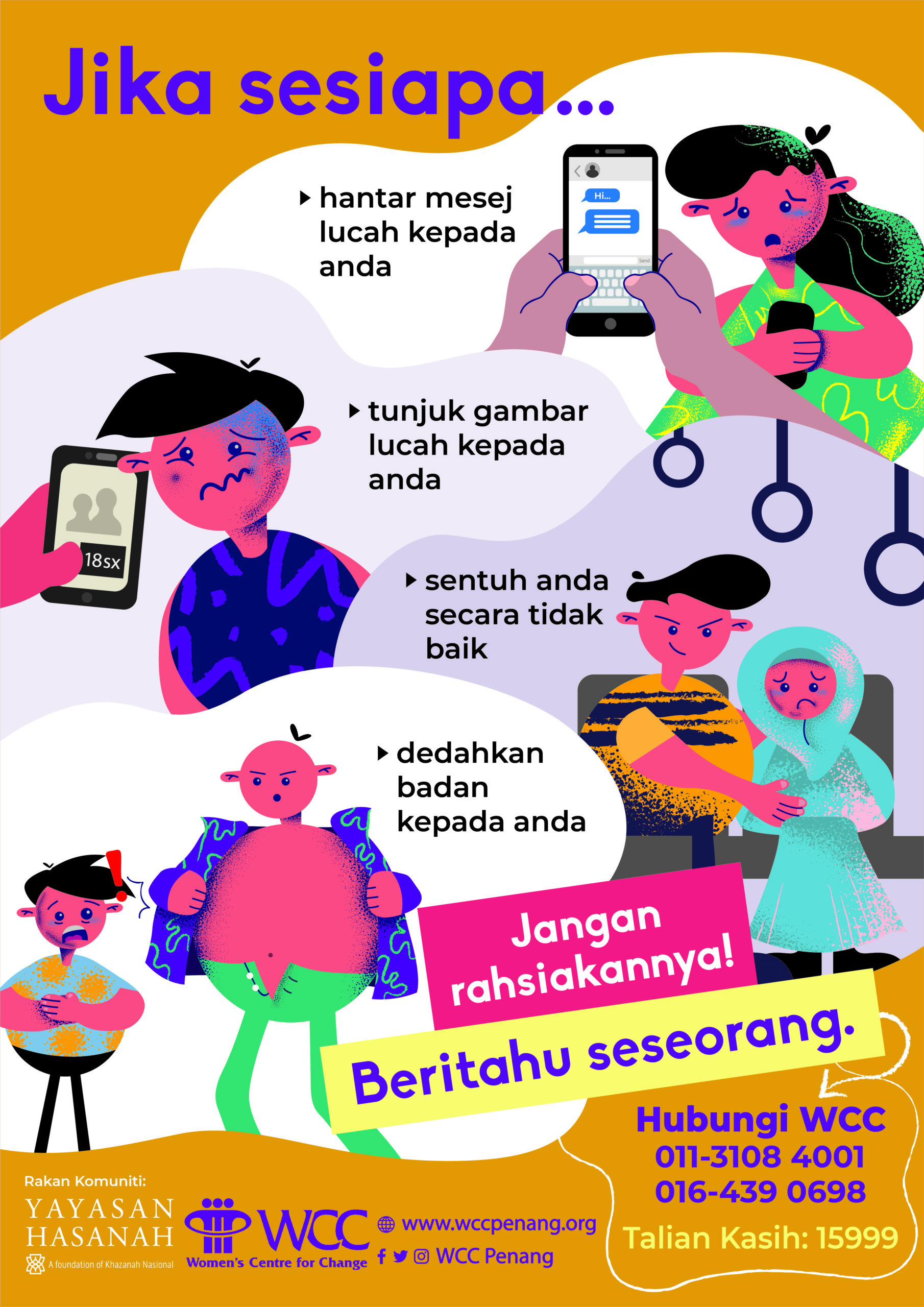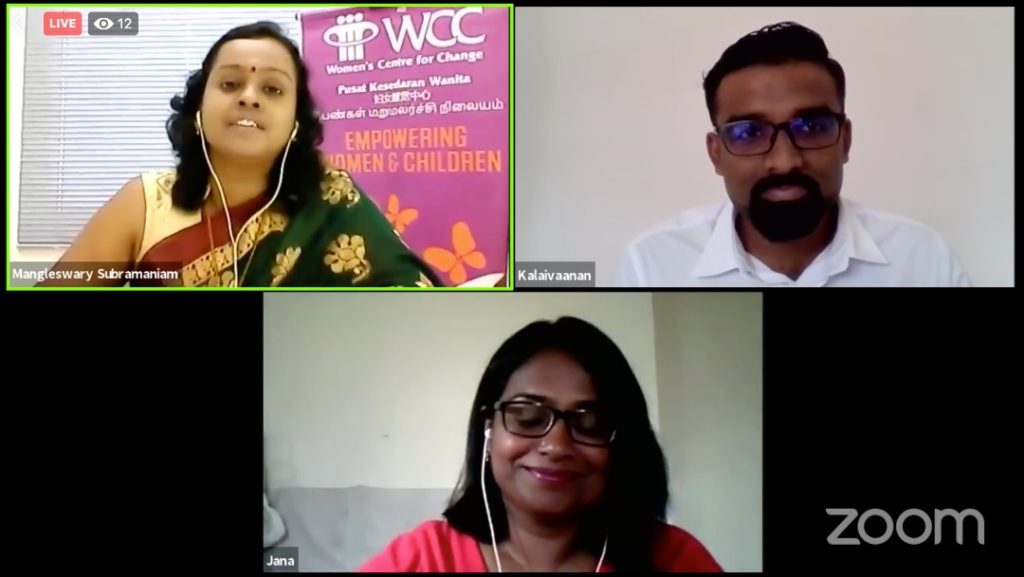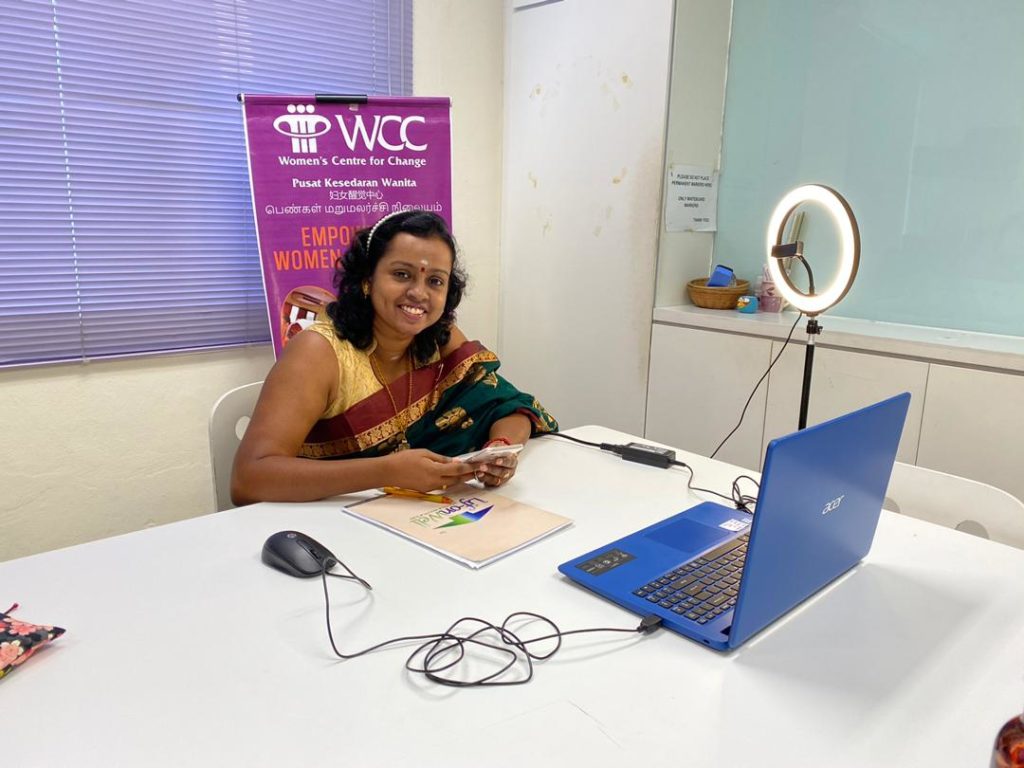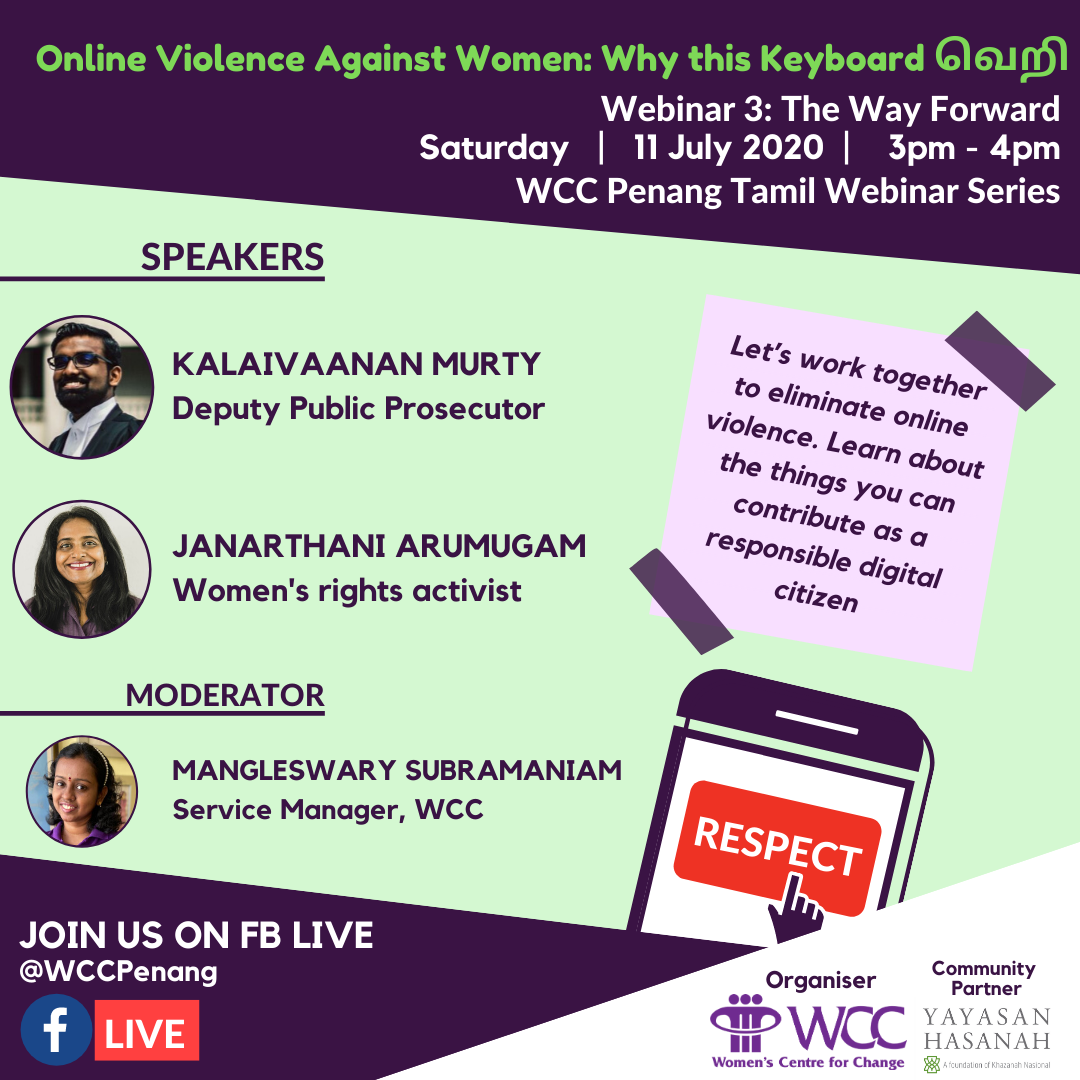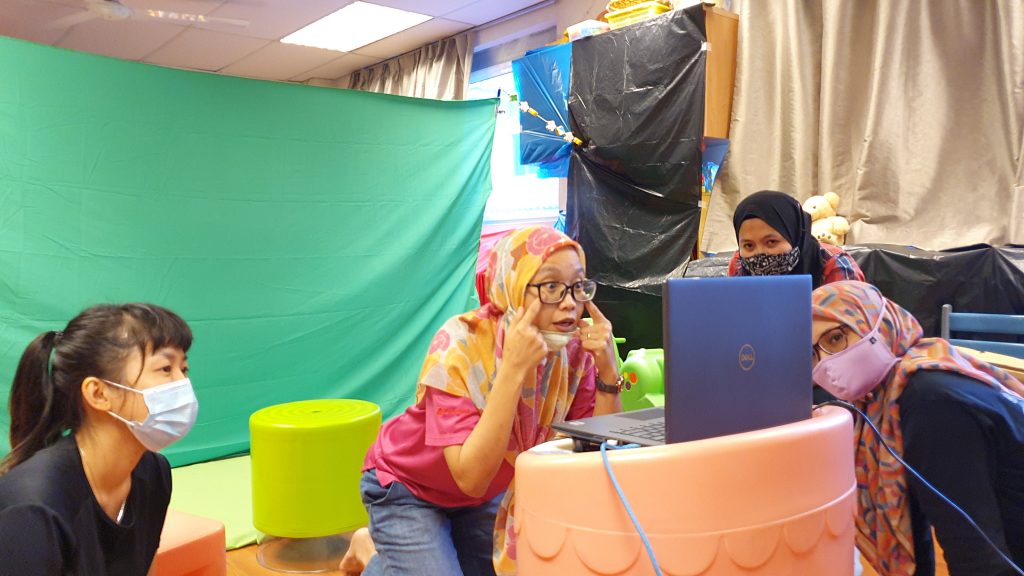Finance Minister Tengku Zafrul Aziz said that “the government recognises the need for telecommunication networks as a third utility.”
When tabling #Budget2021 on Friday, 6 November, Finance Minister Tengku Zafrul Aziz said that “the government recognises the need for telecommunication networks as a third utility”
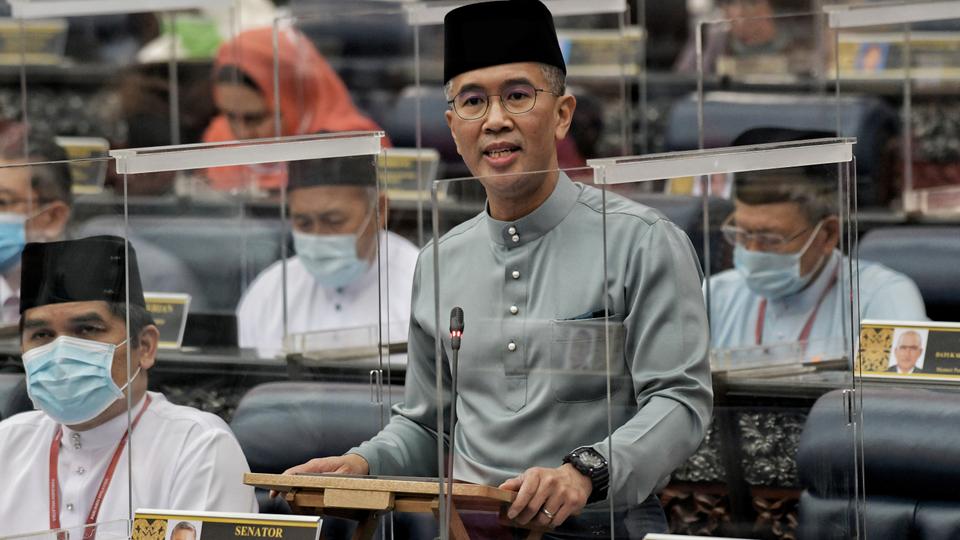
Image via Reuters / TRT World
“In the new norm, virtual services are becoming more common. The development of infrastructure and upgrading of basic telecommunication networks is necessary to meet the needs of a digital lifestyle,” he added.
From schools to businesses, here's how the government is planning to help improve Malaysia's physical and digital connectivity infrastructure through #Budget2021:
1. Malaysian Communications and Multimedia Commission (MCMC) will allocate RM7.4 billion to build and upgrade broadband services throughout 2021 and 2022
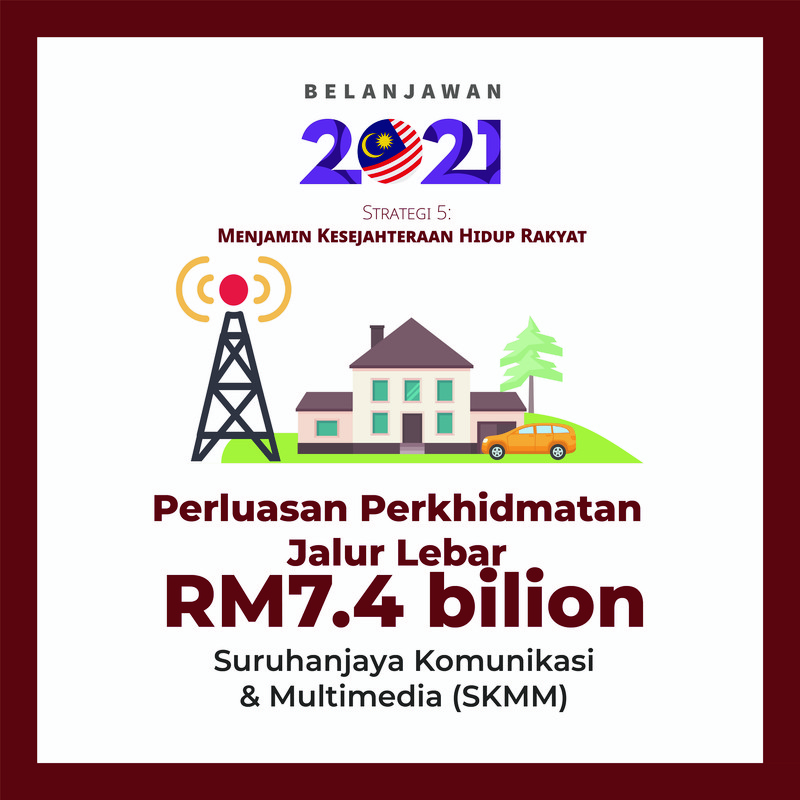
Image via Ministry of Finance
2. RM500 million will be allocated to implement the Jalinan Digital Negara Plan (JENDELA)
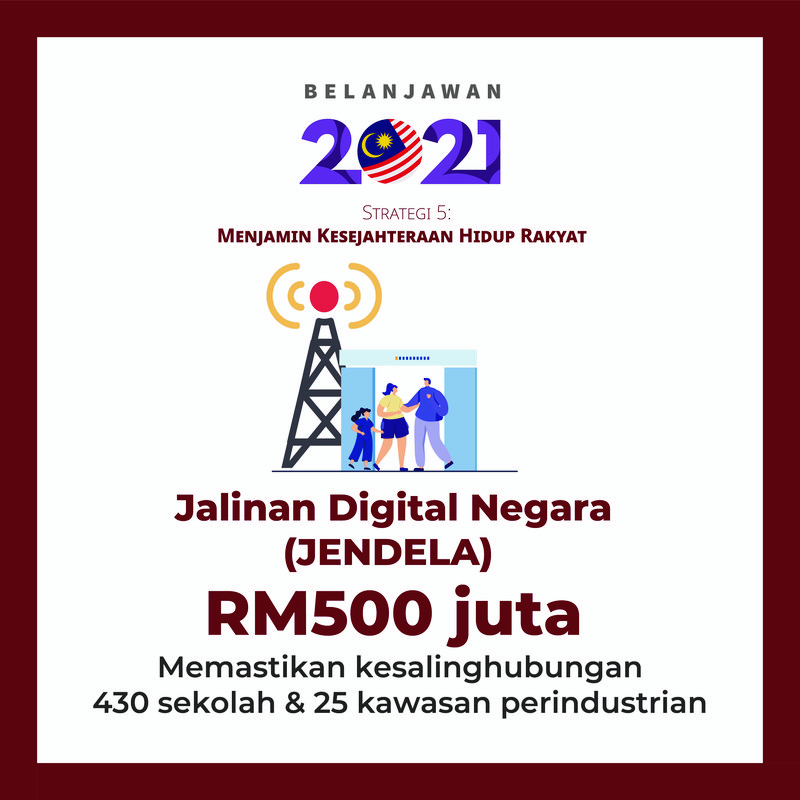
Image via Ministry of Finance
This will ensure the connectivity of 430 schools and 25 industrial areas throughout Malaysia, covering all states.
According to a report by the National Digital Infrastructure Lab (NDIL), the measures put in place as a result of COVID-19 was a stress test to the nation’s digital infrastructure.
Internet traffic increased by 30% – 70%, but Internet speed reduced by 30% – 40%. Internet-related complaints also increased by 40% – 70%.
That's why the NDIL formulated JENDELA, to improve Internet coverage and quality of service, as well as set the foundation for 5G.
Here are JENDELA's national aspirations:
– Wireless broadband: 100% of 4G coverage in populated areas + 100Mbps speed by adopting 5G
– Fixed broadband: Gigabit access to 9 million premises passed
– Delivery ecosystem: A readily accessible Digital Infrastructure map
3. Government Linked Companies (GLCs) and Government Linked Investment Companies (GLICs) will contribute RM150 million into Tabung CERDIK
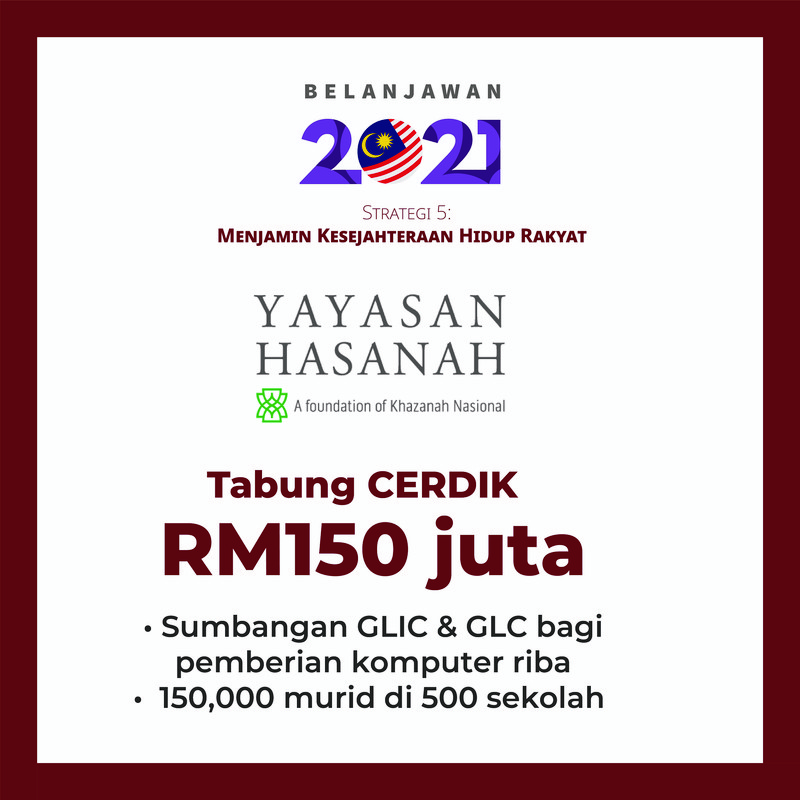
Image via Ministry of Finance
As online education has become increasingly more important because of the COVID-19 pandemic, Tabung CERDIK will provide laptops to 150,000 students in 500 schools as a pilot project. This project will be supervised by Yayasan Hasanah.
4. RM150 million will be allocated to implement the Shop Malaysia Online initiative
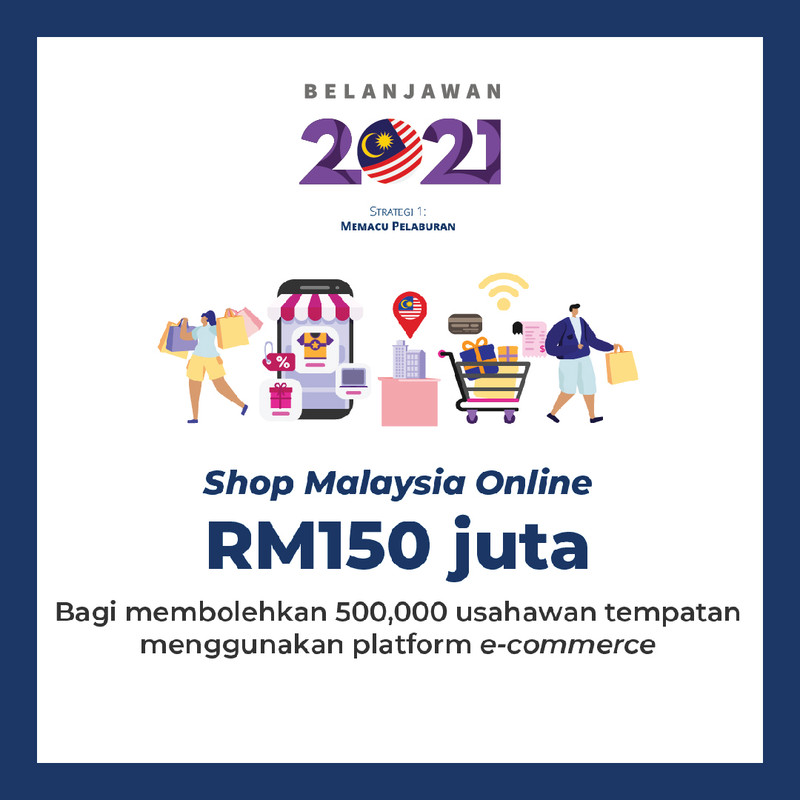
Image via Ministry of Finance
The Shop Malaysia Online initiative will be carried out together with e-commerce platforms, in order to encourage online spending. This will benefit 500,000 local sellers, including halal products and handicraft entrepreneurs.
5. RM150 million will be allocated to provide training programmes, sales assistance, and digital equipment for 100,000 local entrepreneurs
In line with the e-Commerce SME and Micro SME Campaign, this is to encourage more businesses to start using e-commerce.
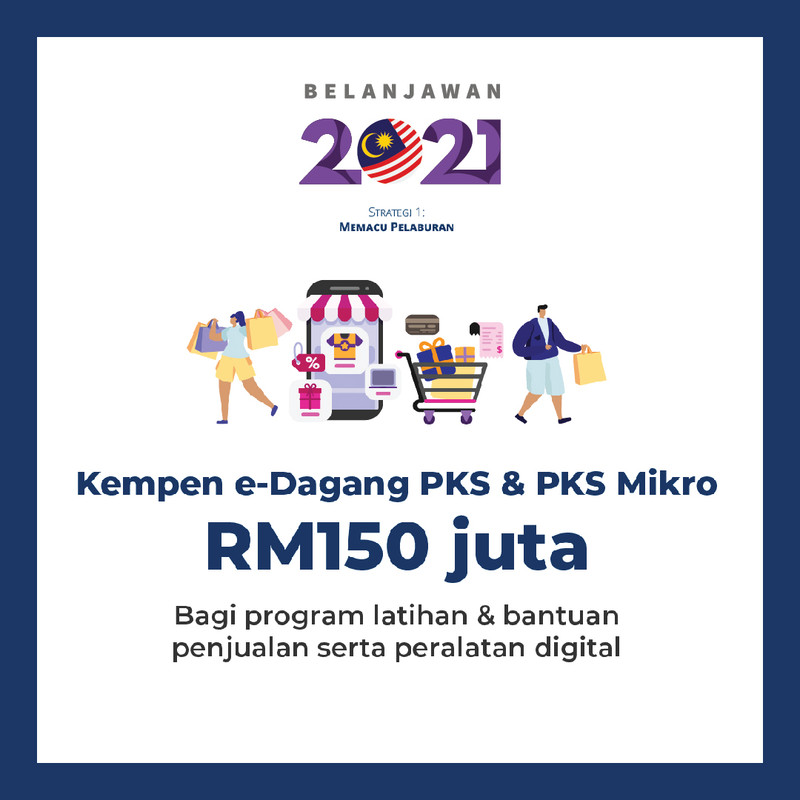
Image via Ministry of Finance
6. Under the SME Digitalisation Grant Scheme and the Automation Grant, additional funds amounting to RM150 million will be provided
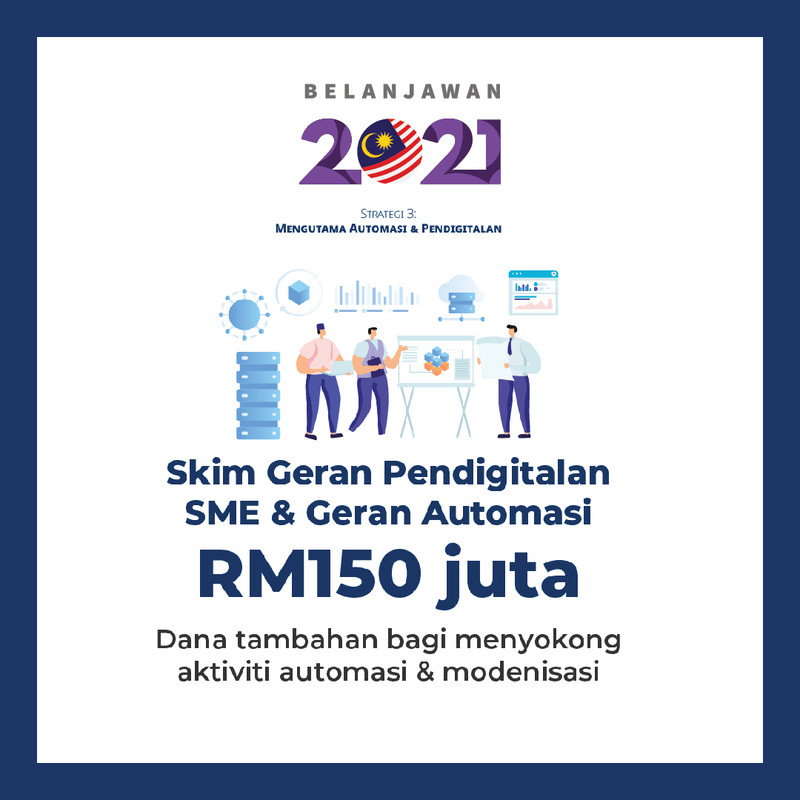
Image via Ministry of Finance
In support of automation and modernisation, these grants will help Malaysian businesses go digital. The eligibility conditions for these grants have also been relaxed for micro SMEs and start-ups that have been operating for at least six months.
7. Through Bank Pembangunan Malaysia Berhad (BPMP), the government has provided the Industrial Digitalisation Transformation Scheme, valued at RM1 billion
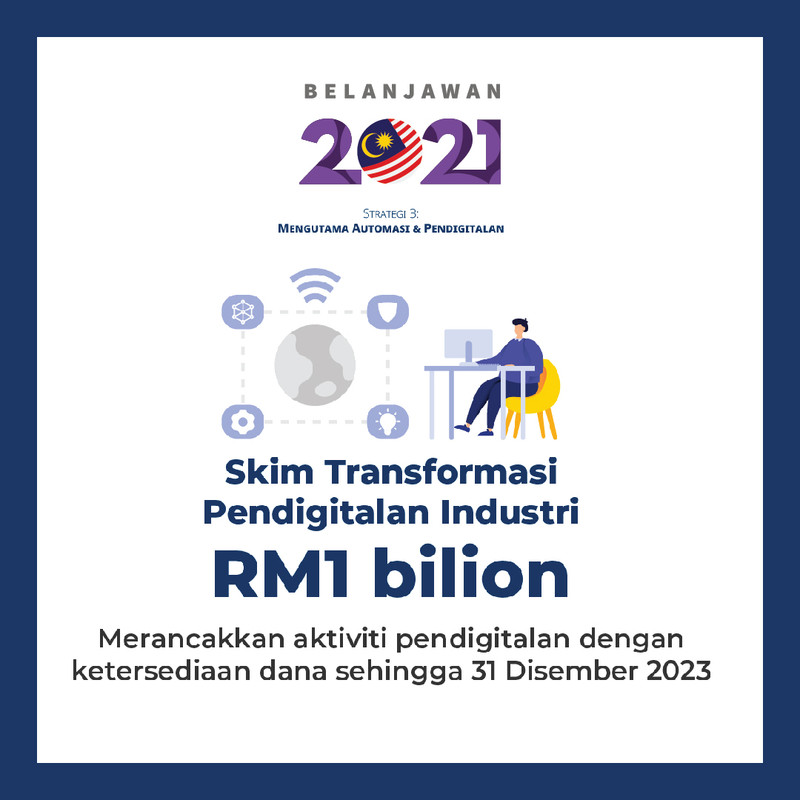
Image via Ministry of Finance
Technology firms or manufacturing companies offering selected technologies can apply for this via BPMP.
The goal of this fund is to accelerate the widespread adoption of Industry 4.0-related technologies, to increase the manufacturing sector's contribution to the national economy.
With the aim of boosting digitalisation activities, the availability of these funds will be extended until 31 December 2023.
8. Via the eBelia Programme, a one-off payment of RM50 will be credited into the e-wallet accounts of Malaysians aged 18 to 20
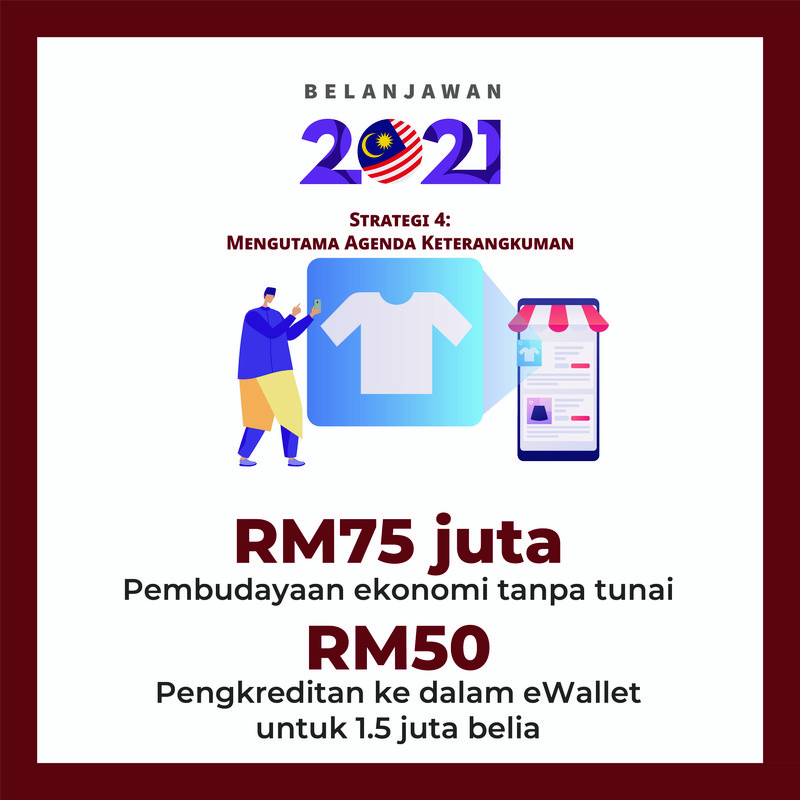
Image via Ministry of Finance
As we move towards embracing a cashless society, youths play an important role as pioneers and consumers in adopting the latest technology.
With an allocation of RM75 million, the eBelia Programme is expected to benefit more than 1.5 million youths.
9. RM1.5 billion will be allocated to implement the Jaringan PRIHATIN Programme, in order to alleviate the B40 group's financial burden in accessing Internet services

Image via Ministry of Finance
During the first quarter of 2021, an estimated 8 million individuals in the B40 category will each be eligible to receive telecommunication credit worth RM180. This credit can be used for Internet subscription, or to defray part of the cost of buying new mobile phones.
At the same time, telecommunication companies will be providing various benefits, such as free data, valued at a total of RM1.5 billion.
10. RM50 million has been allocated to upgrade the Malaysian Research & Education Network (MYREN) access line
The upgrade will see the MYREN access line increasing from 500Mbps to 10Gbps, in order to ensure Internet connectivity in institutions of higher learning.
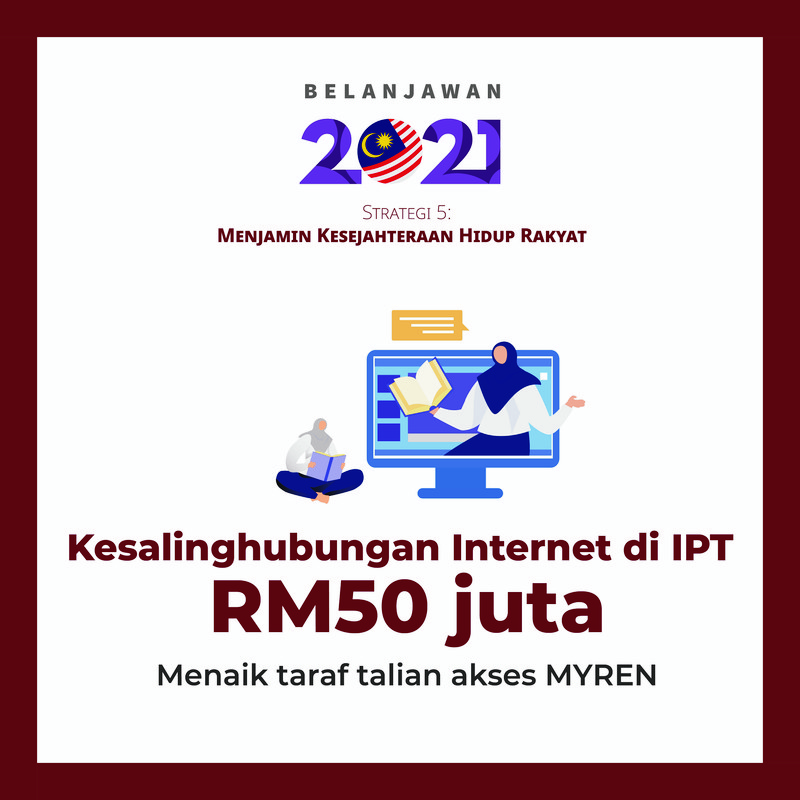
Image via Ministry of Finance
11. The e-Satellite Farm Programme will be implemented
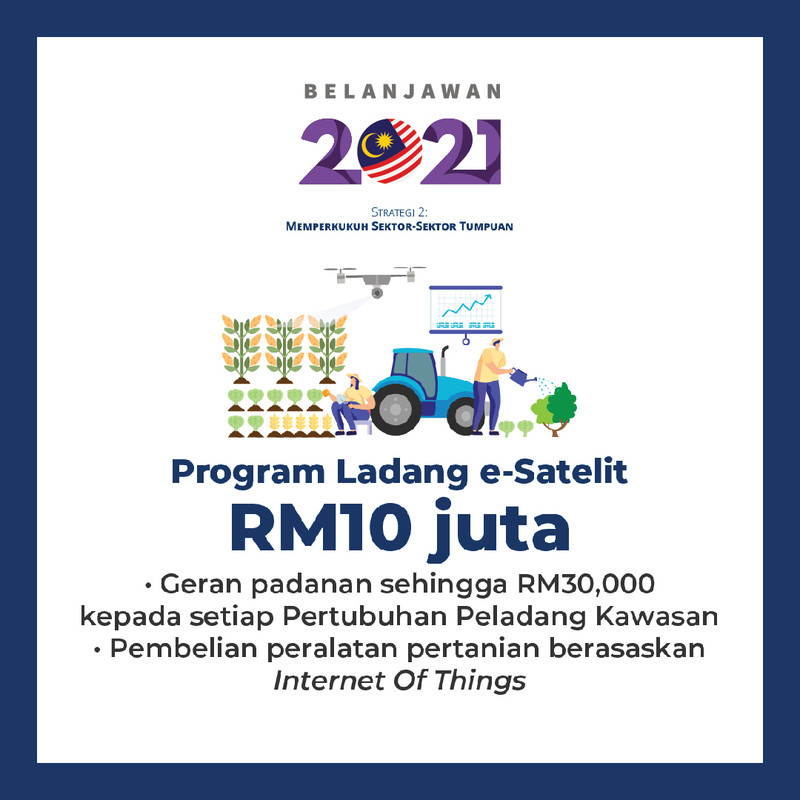
Image via Ministry of Finance
RM10 million will be allocated for this, in the form of matching grants of up to RM30,000 to the Pertubuhan Peladang Kawasan (PPK). The purpose of these grants is to help farmers purchase agriculture equipment based on the Internet of Things, including drones.
The programme is expected to benefit more than 300 PPKs with a membership of nearly 1 million farmers and planters.
Source : https://says.com/my/news/budget-2021-govt-improving-digital-connectivity-in-msia
